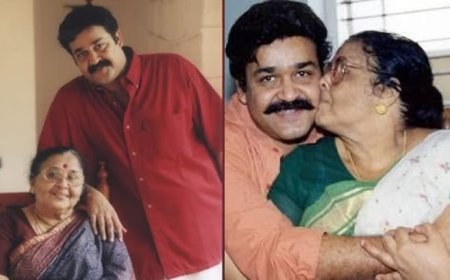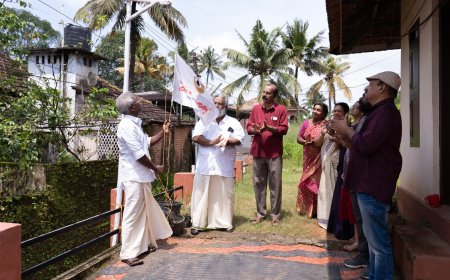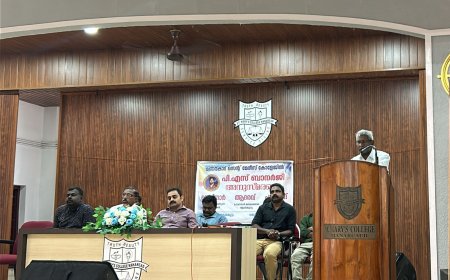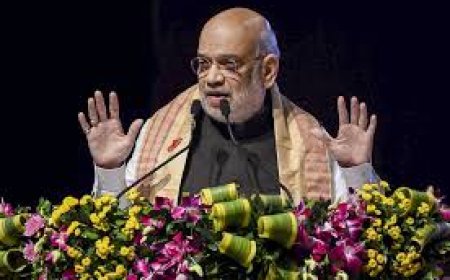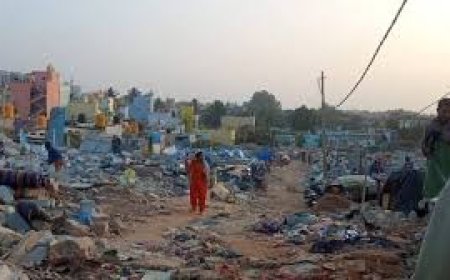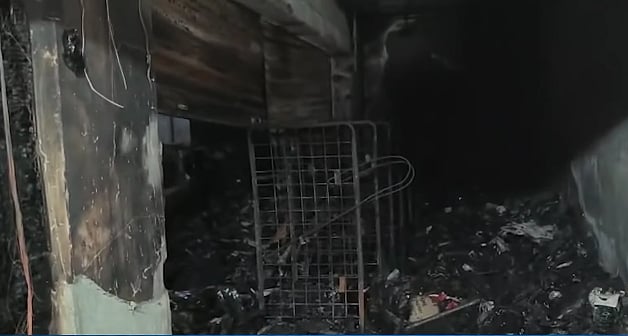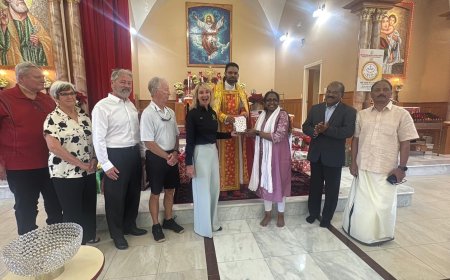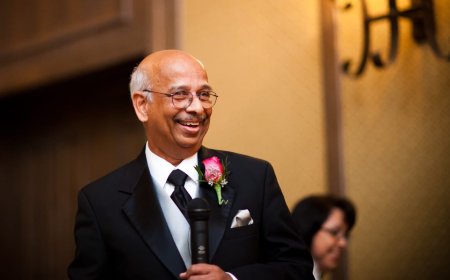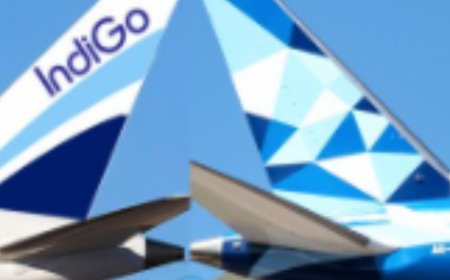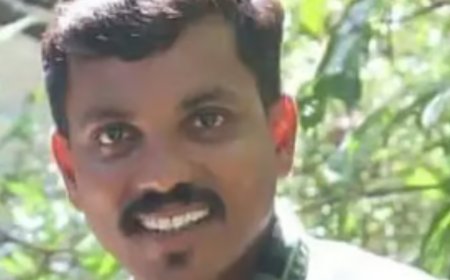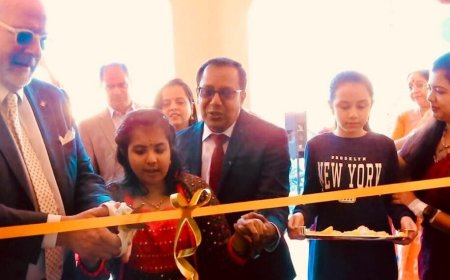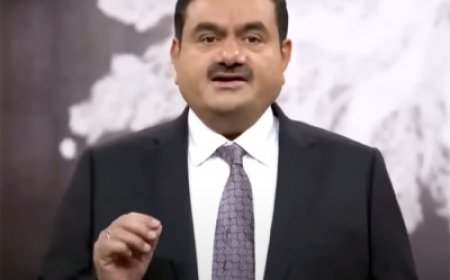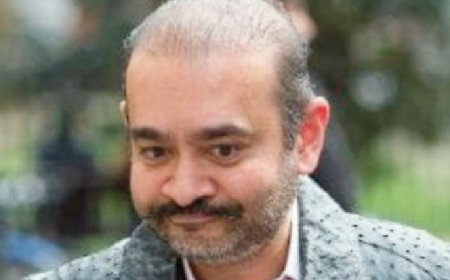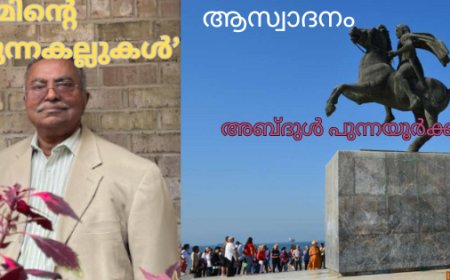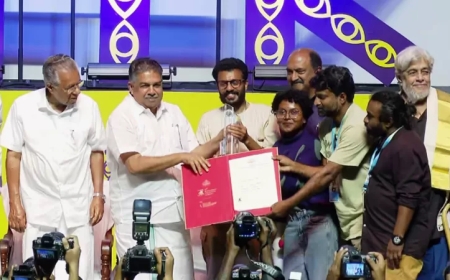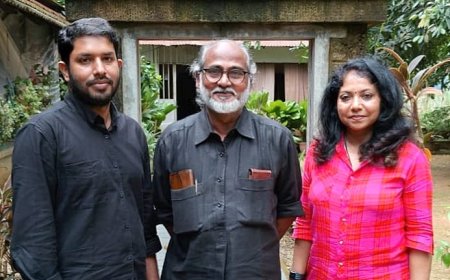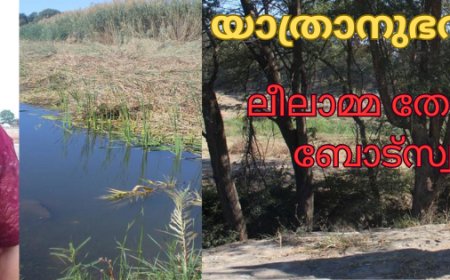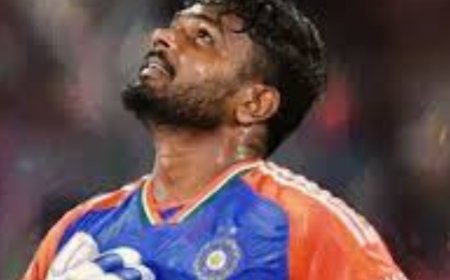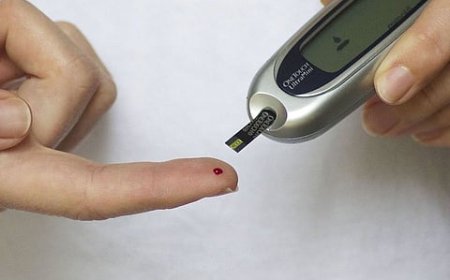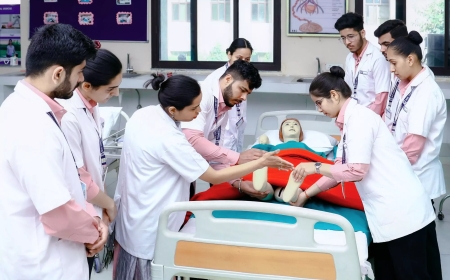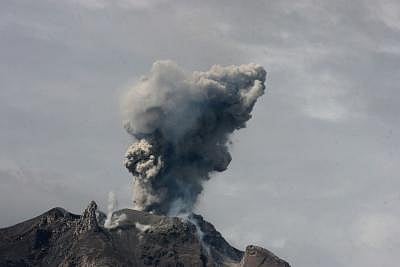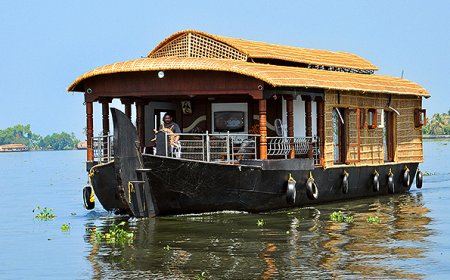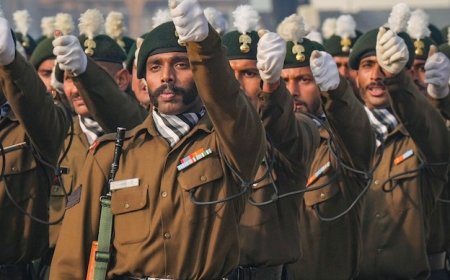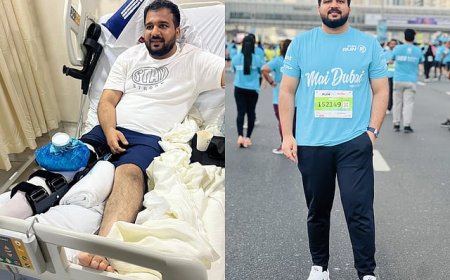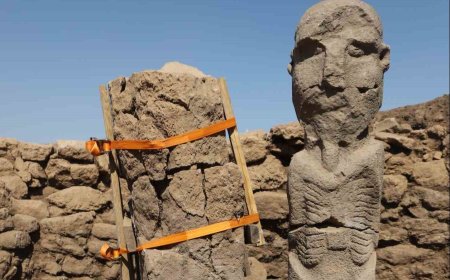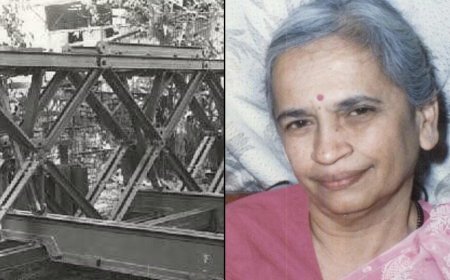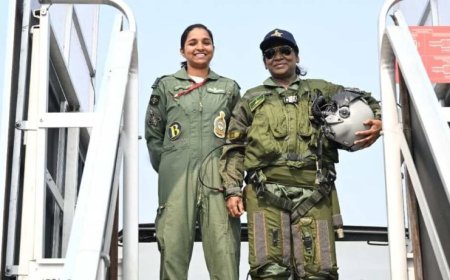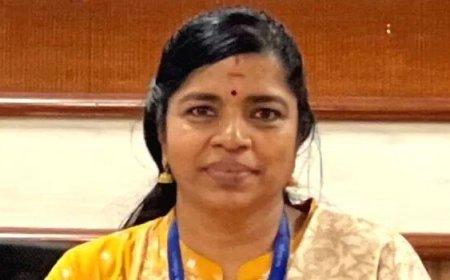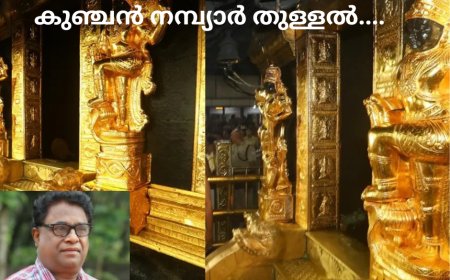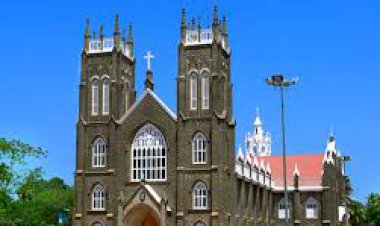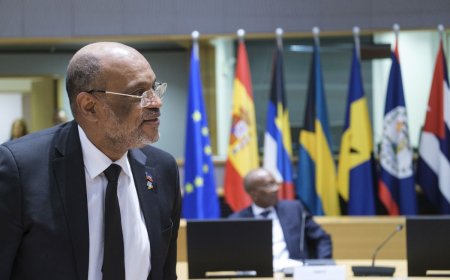Railways needs to improve corrective measures

WORLD Malayalee Voice joins the world in mourning the loss of lives in Friday’s train accident involving three trains in Odisha’s Balasore.
Three trains Shalimar-Chennai Coromandel Express, Bengaluru-Howrah super fast and a goods train were involved in the pile-up on Friday, now being described as one of India’s worst train accidents.
The Coromandel Express rammed into a stationary goods train and many of its carriages overturned including some onto the Bengaluru-Howrah superfast express which was also passing by at the same time on Friday. The Odisha government on Tuesday revised the final death toll of the triple train tragedy in Balasore to 288.
There are many unanswered questions about what caused the deadly collision. Only a comprehensive inquiry will help uncover the truth behind the incident. Yet it has once again ignited fresh concerns regarding railway safety in India.
According to Railway Minister Ashwini Vaishnaw, a CBI probe has been recommended.
India's national rail network is the fourth largest in the world (after those of the US, Russia and China). 36.83% of routes are double or multi-tracked. As of April 2023, 58,812 km (36,544 mi) of all the routes have been electrified.
The expansive railway system carries some 25 million passengers every day across a countrywide network of tracks spanning more than 100,000 km. Some 5,200 km of new tracks were laid last year, according to Ashwini Vaishnaw. Also, 8,000 km of tracks were also being upgraded every year, the minister said.
Derailment continues to be a "bugbear for the railways," a former Railway Board chairman, Vivek Sahai, was quoted by the BBC as saying.
A train can derail for a number of reasons - "a track could be ill-maintained, a coach could be faulty, and there could be an error in driving".
A government railway safety report for 2019-20 found derailments were responsible for 70% of railway accidents, up from 68% the previous year. (Train fires and collisions came next, responsible for 14% and 8% of the total accidents respectively).
The report counted 40 derailments involving 33 passenger trains and seven freight trains during the year under review. Of these 17 derailments were caused by track "defects" - this could include fractures and subsidence of tracks.
Only nine incidents of derailments were caused because of defects in trains - engines, coaches, wagons - according to the report.
A report on derailments by federal auditors between April 2017 and March 2021 had some disturbing findings:
• There were "shortfalls ranging from 30% to 100% in inspections" by track recording cars required to assess the geometrical and structural conditions of the tracks, the report said.
• A study of 1,129 investigation reports of derailment accidents found that two dozen "factors" were responsible.
• A major reason for derailments was related to the maintenance of tracks (171 cases), followed by "deviation of track parameters beyond permissible limits".
• More than 180 cases of derailments were due to mechanical reasons. More than a third of them were due to defects in coaches and wagons.
• "Bad driving and over-speeding" were the other major factor responsible for derailments.
Kavach is supposed to be a state-of-the-art electronic system that was designed to help the Indian Railways achieve Zero Accidents.
It is an Automatic Train Protection (ATP) system that has been indigenously developed by the Research Design and Standards Organization (RDSO) in collaboration with the Indian industry with trials facilitated by South Central Railway to achieve the corporate objective of safety in train operations across Indian Railways.
It activates the train braking system automatically if the driver fails to control the train as per the speed restrictions.
In addition, it prevents collision between two locomotives equipped with a functional KAVACH system.
It is a Safety Integrity Level 4 (SIL-4) certified technology with the probability of an error being one in 10,000 years.
Indian Railways on Sunday said that “Kavach,” which was not installed on the route where the accident in Odisha’s Balasore occurred, could not have prevented it.
In response to West Bengal Chief Minister Mamata Banerjee’s query about the absence of Kavach, Railway Board’s member, Operations and Business Development Jaya Varma Sinha, reiterated Ashwini Vaishnaw’s statement that the crash was unrelated to Kavach.
According to her, Kavach would not have prevented such an accident as there are certain incidents that no technology in the world can avert, citing the example of boulders suddenly falling in front of vehicles to illustrate her point.
Sinha said that the system is designed to detect instances where a locomotive pilot jumps a signal, known as Signal Passed at Danger (SPAD), which is one of the primary causes of train collisions. When the system identifies another train on the same track within a predetermined distance, it promptly alerts the locomotive pilot, takes control of the brakes, and automatically brings the train to a halt.
Whatever the reason, the Railways must implement corrective measures to avert disasters of this magnitude in the future.
